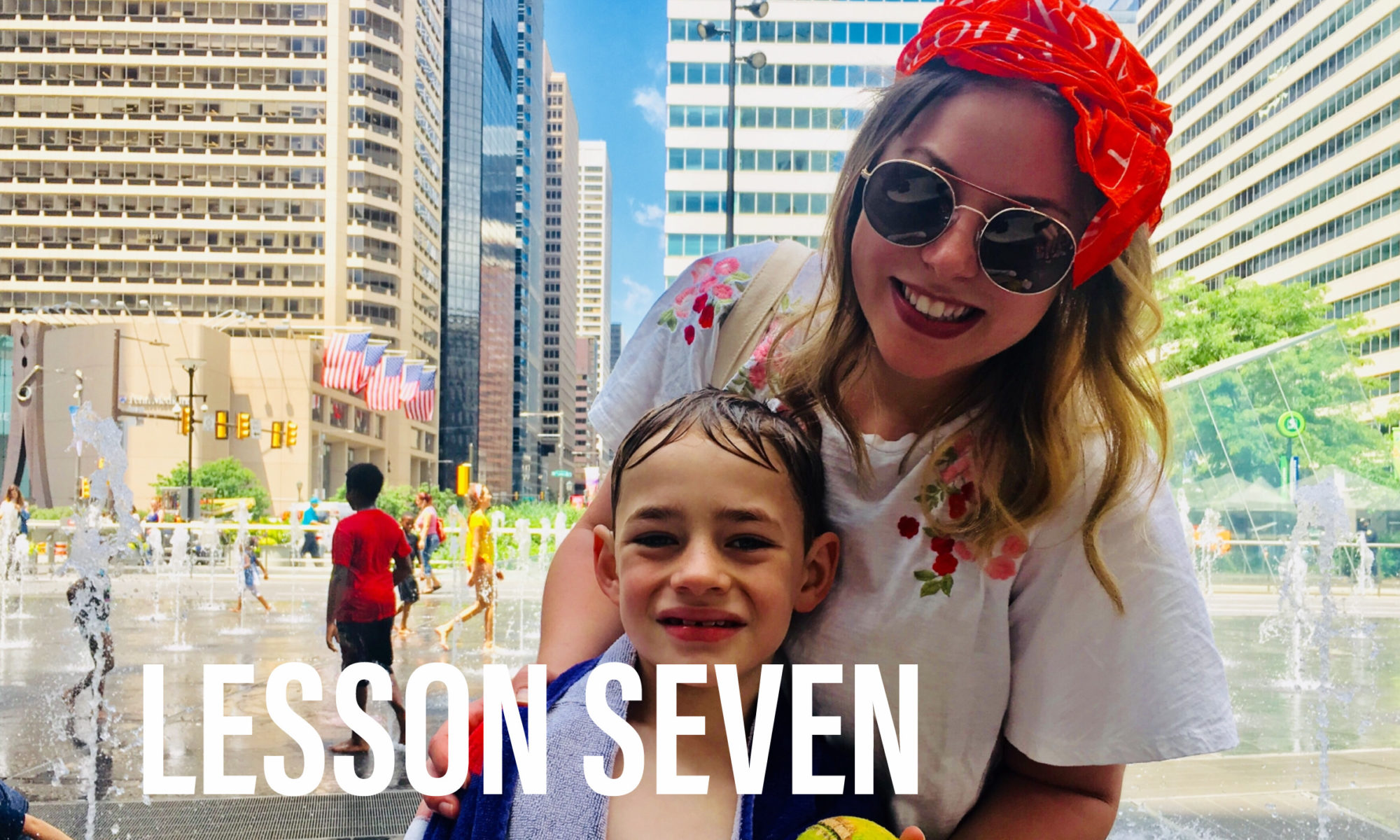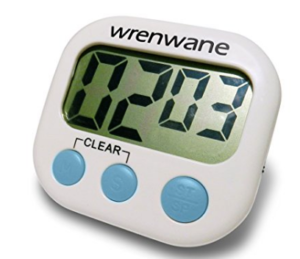On Monday, Buddha started going back to school. It was a little scary, but also exciting. This year he will be starting off with an IEP (Individualized Education Plan), which is basically a set of goals for your child that can be academic, social, medical or emotional. While the goals are very important, one of the handiest parts of an IEP is the PLOP (present levels of performance). In this section, a teacher, therapist, social worker, one-on-one or school psychologist adds information about your child with as much detail as possible.
While the IEP does a great job describing your child in school, a teacher will still have some questions about your child when the school year starts. (or at least I did when I was teaching in a school)
Some questions your teacher might have:
- What works best at home? Any systems or tools you use?
- What type of language do they respond best to? Any specific tone that works best?
- What types of environment do they work well in? When it’s quite? When there is music in the background?
- What are they really interested in?
- Do they do any point systems at home?
- Are they very sensitive to touch, sound or light?
- Are there any students that they work really well with? Are there students they don’t work well with?
So when starting off your year feel free to share the answer to some of these questions with your child’s teacher. It can never hurt giving information to a teacher. What you might think is the littlest thing at home can make a huge difference in the classroom.


